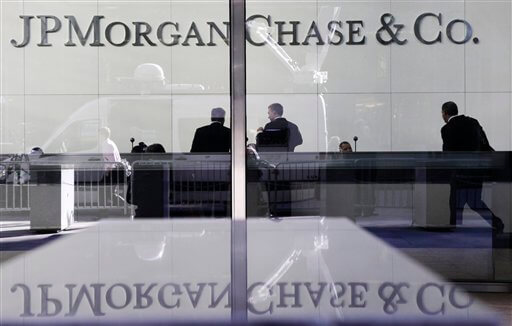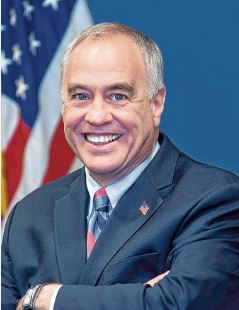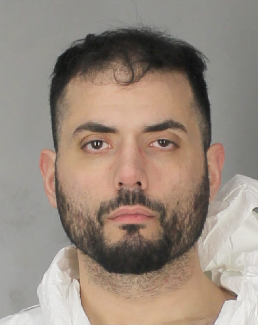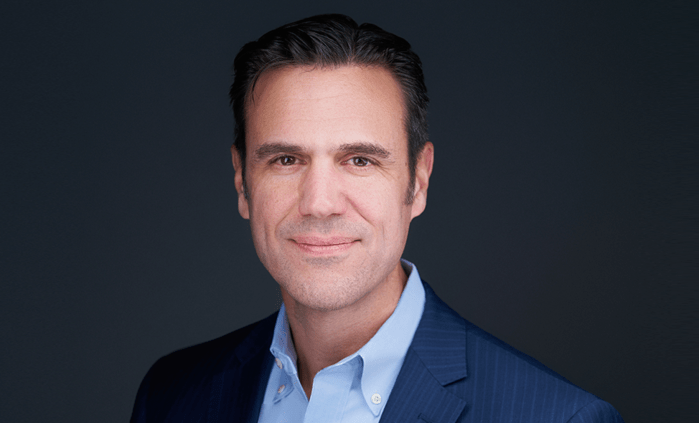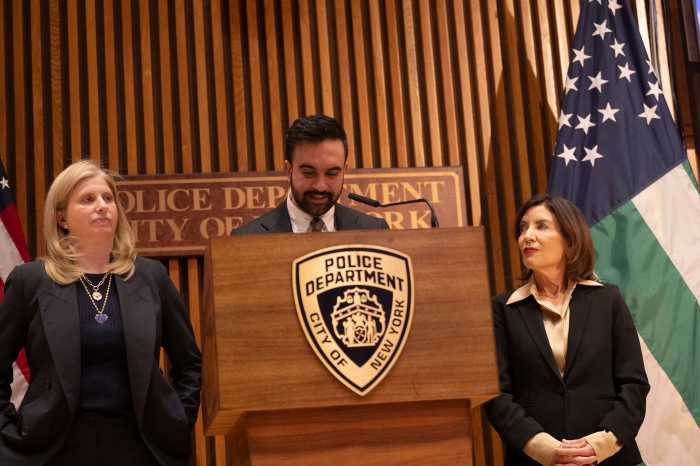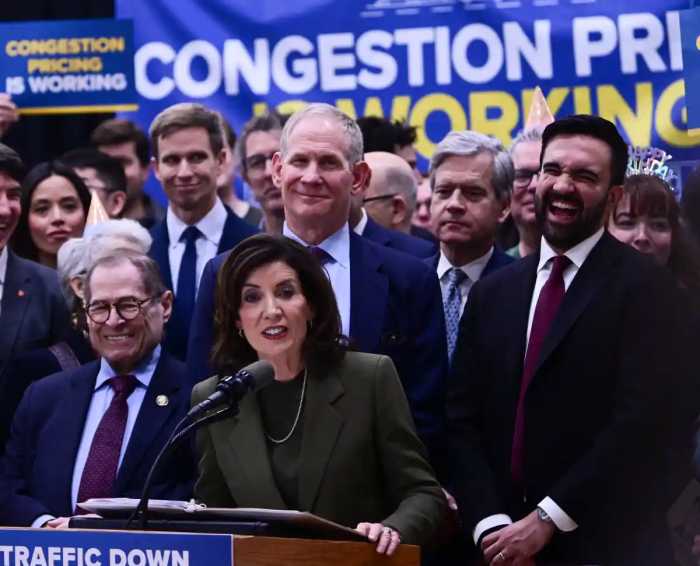
JPMorgan Chase said Friday that a bad trade had cost the bank $5.8 billion this year, almost triple its original estimate, and raised the prospect that traders had improperly tried to conceal the blunder.
“This has shaken our company to the core,” CEO Jamie Dimon said.
The bank said managers tied to the bad trade had been dismissed without severance pay and that it planned to revoke two years’ worth of pay from each of those executives.
JPMorgan said it had lost $4.4 billion because of the trade from April through June, and its chief financial officer said the bank had lost an additional $1.4 billion in the first three months of the year.
Dimon’s original estimate of the loss from the bad trade, disclosed in a surprise conference call with Wall Street analysts on May 10, was $2 billion.
The bank said an internal investigation, including emails and voice messages, had called into question the values that traders placed on certain bets, and that the traders may have been seeking to mask losses.
The Securities and Exchange Commission and Justice Department did not immediately respond to requests for comment.
Dimon told Congress last month that the trade was meant to hedge risk to the company and protect it in case “things got really bad” in the global economy. Instead, the trade has backfired and damaged the bank’s reputation.
Speaking broadly about the trading loss on Friday, Dimon told analysts: “We don’t take it lightly.” He added: “We’re not making light of this error, but we do think it’s an isolated event.”
The bank said that it was reducing its net income for the first quarter by $459 million because it had discovered information that “raises questions about the integrity” of values placed on certain trades.
Dimon said the bank had closed the division of the bank responsible for the bad trade and moved the remainder of the trading position under its investment banking division.
Overall, JPMorgan said it earned $5 billion, or $1.21 per share, for the second quarter, which covers April through June and includes the bank’s disclosure of the trading loss on May 10.
Analysts surveyed by FactSet, a provider of financial data, had expected JPMorgan to earn 76 cents per share.
JPMorgan’s stock climbed $1, or 3 percent, to $35.05 after Dimon seemed to indicate that the losses from the trade were contained. Dimon said that the trade might not lose any more money.
Investors were also cheered to hear that the bank might resume its plan to buy back its own stock. Dimon said the bank was in discussions with the Federal Reserve and would submit a plan in hopes of buying back stock starting late this year.
The company suspended an earlier plan to buy back $15 billion of its stock after reporting the trading loss.
Just three months ago, JPMorgan was viewed as the top American bank, guided by Dimon’s steady hand. Since the disclosure of the trading loss, however, that reputation has been eroded.
Dimon, who originally dismissed concerns about the bank’s trading as a “tempest in a teapot,” appeared before Congress twice to apologize and explain himself, and several government agencies have launched investigations.
JPMorgan has lost about 15 percent of its market value since the loss came to light.
Dimon said Friday that Ina Drew, the bank’s former chief investment officer, who left after the trading loss came to light, had volunteered to give back the maximum possible amount of pay.
The maximum appeared to be two years’ worth of pay. Drew made $15 million in 2011.
Mike Cavanaugh, who is leading a team of JPMorgan executives overseeing the trading loss, said the bank would also seek to revoke two years’ worth of pay from other top managers tied to the trade.
That procedure is known as a “clawback.” It would be the first time JPMorgan exercised such a procedure.
The Wall Street Journal reported Friday that three other employees of the bank tied to the trade, including one who was known as the “London whale,” had left the bank.
Under close questioning from lawmakers in June about his own role in setting up the investment division responsible for the mess, Dimon declared: “We made a mistake. I’m absolutely responsible. The buck stops with me.”
The trading loss has raised concerns that the biggest banks still pose risks to the U.S. financial system, less than four years after the financial crisis erupted in the fall of 2008.
___
AP Business Writer Daniel Wagner contributed to this report from Washington.
Copyright 2012 The Associated Press.




